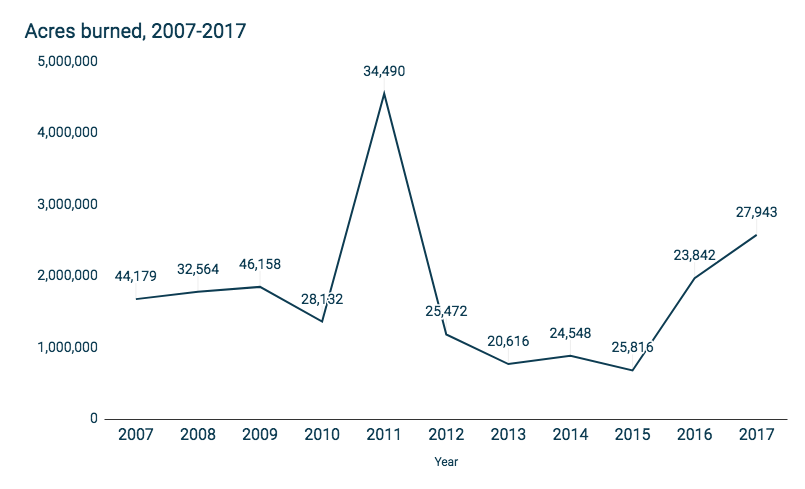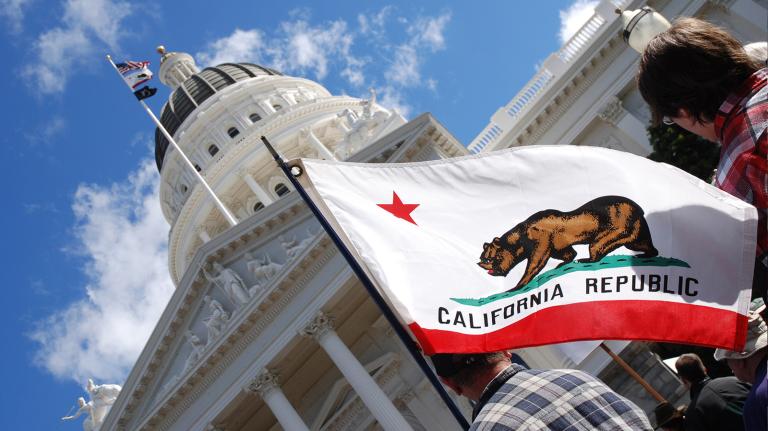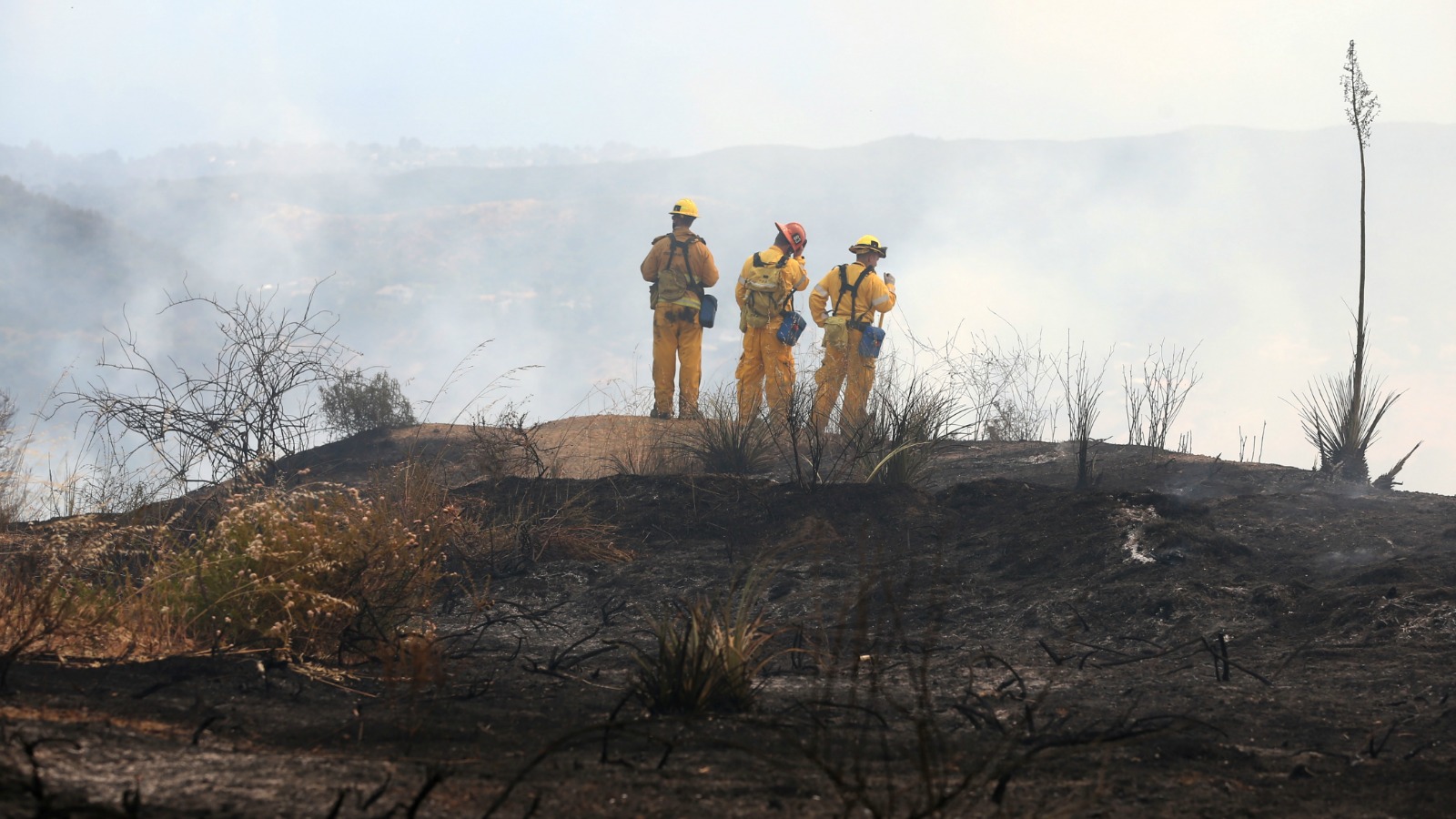This story was originally published by High Country News and is reproduced here as part of the Climate Desk collaboration.
Record high temperatures in Phoenix this past week approached 120 degrees F and grounded commercial air flights. They are part of a larger regional trend: Across the West, hot, dry conditions are cooking up what may be an unmatched wildfire season. Already, 75 wildfires have burned in Washington, Oregon, Nevada, Utah, Colorado, California, Arizona, and New Mexico. The National Weather Service currently has the region under heat warnings and excessive heat warnings. Fifty-five fires have burned in Arizona and New Mexico alone.
[protected-iframe id=”1065ad4c8a66f8a5532fac45b871237e-5104299-110119784″ info=”https://fusiontables.google.com/embedviz?q=select+col0+from+1ZRaNb0OOZ7xuwLTSSFldrFOLoL32A_ic7zvhDoPe&viz=MAP&h=false&lat=40.6865227180261&lng=-108.47106393750005&t=1&z=5&l=col0&y=2&tmplt=2&hml=ONE_COL_LAT_LNG” width=”100%” height=”400″ scrolling=”no”]
Yellow pins indicate states where fewer than 10,000 acres are burning. Red pins indicate states where 10,000 acres or more are burning. Click the pin for more details on number of fires, acreage burned, and active fires.
Nationally, wildfires have consumed more than 2.5 million acres of land so far this year. In the past decade, more acreage burned by this point only once, in 2011. That year, unusually hot, dry conditions led to several large conflagrations, including New Mexico’s Las Conchas Fire and Arizona’s Wallow Fire.

The line traces the fire acreage; the labels show the number of fires per year. Keith Halloran/U.S. Forest Service
According to NIFC, suppression alone cost almost $2 billion last year. The Trump administration’s proposed 2018 budget funds wildlife preparedness and suppression activities at $2.4 billion, the 10-year average cost of suppression.




